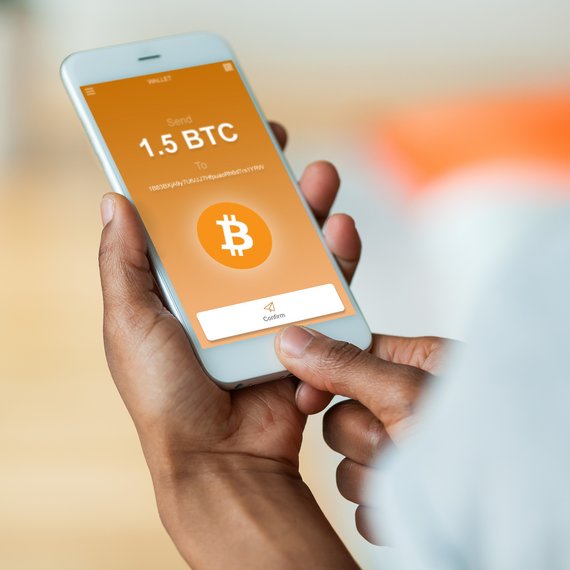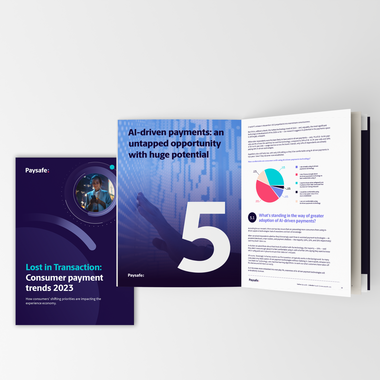
- Four minutes read
Where pay meets play: USD 52bn in 2018
Paysafe is focused on optimising the opportunities and technologies inherent to this growth
With the global online gaming market forecast to reach USD 51.96b this year, industry stalwarts such as Paysafe are focused on optimising the opportunities and technologies inherent to this growth.
“We’ve been here since it all began,” says Joel Leonoff, Paysafe CEO, referring to the company’s historic role as a key partner to the gaming industry from its earliest days. Between 1997 and 2000, he says, SureFire – one of the progenitors of the Paysafe brand which Leonoff was involved with – processed 85 percent of the entire online gaming industry’s transactions, and the company’s strengths have continued to grow with the industry, not just tracking its progress but helping to drive it too.
“We’ve become really relevant by being very aware of where the industry needs to go. We’re trying to do things that merchants can’t do on their own, helping them expand into new markets. At the same time we’re providing very attractive products to the consumer world, so that we can marry the two together.”
Alongside new markets, Paysafe is also helping its partners embrace new technologies – not least blockchain and cryptocurrencies. Exactly how blockchain fits into gaming and the broader payments industry is still up for debate, according to Leonoff. “We’re all wrestling with how real and viable cryptocurrency is in gaming,” he says. But its value is becoming clearer every day, as the proliferation of blockchain offerings from payments vendors demonstrates.
Daniel Kornitzer, Paysafe’s Chief Product Officer, is not in any doubt that the industry as a whole, and Paysafe in particular, will quickly find ways to put this much-hyped but undoubtedly innovative technology to good use. “We’re seeing more and more use cases for blockchain, everywhere from using it to track references and commissions to real-time settlement,” he says.
And Alessandro Bruno-Bossio, Paysafe’s VP of Sales and Operations for digital wallets, has a message for the sceptics: “People still want to be independent of the banks and card services. That’s one of the big attractions of innovations like blockchain.” He draws an analogy with another much talked about technology, now two decades old. "Think about e-wallets – they were the bitcoin of their day, just as controversial. There was no regulation, lots of money-laundering allegations. But 20 years later they’re everywhere, and they’re the default option for many users. It’ll be the same with blockchain eventually.”
Regulate to accumulate?
Regulation, too, was inevitably on their minds, given the legislative trifecta facing the industry in 2018. GDPR is a pressing concern for every European business, while PSD2 is both a threat and an opportunity for many players in the gaming and payments industries. Bruno-Bossio is in no doubt that PSD2 will be good for the industry – as long as it’s done properly. “Innovation should not be stopped by bureaucracy,” he says. And Kornitzer agrees: “Regulation is bringing value and innovation. We want to embrace it rather than fear it.”
He cites the need for both payments and gaming organisations to embrace the spirit of new regulation, not just the letter of the law – particularly as far as GDPR is concerned. “Don’t collect any more data than you need. Make sure it’s consistent with what the user agreed to when they signed up. Having respect for the users is key to embracing regulation successfully.”
It’s not just European gamers that the payments industry has to serve, of course. By 2030, two-thirds of global consumers will be in the Asia Pacific region, putting pressure on the industry to develop products and services that are genuinely relevant to this fast growing new audience. “What payment method will a new payer or a new player want to use? It’s very hard to predict,” says Bruno-Bossio. “Payments are like languages; what works in Europe or South America won’t necessarily work in China.” That will play to Paysafe’s strengths, he thinks. “We’ve always showed a very agnostic approach and a very diverse array of payments methods, which will continue as these new markets grow.”
Daniel Kornitzer concludes: “As always, the only sure thing is change.” He reflects on the fact that however fast the gaming industry moves, the underlying Paysafe philosophy remains the same. “Our key focus is continuously improving end user experience. Every touch point gives you an opportunity to do that, to delight the customer rather than merely serve them, from onboarding to deposit speed or user interfaces. And you can do it in any industry, not just gaming.” A suitably optimistic and upbeat end-note as Paysafe accelerates into 2018.




